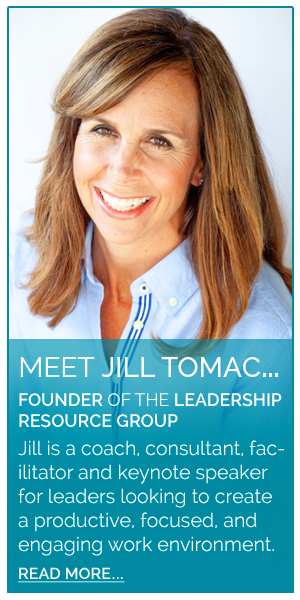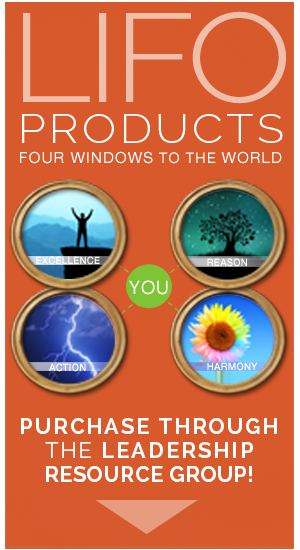“Appreciation can make a day, even change a life.
Your willingness to put it into words is all that is necessary”
~Margaret Cousins
Two words “Thank” & “You”
That’s all it takes. The simple act of sharing your gratitude, appreciation, and acknowledgment.
It seems ridiculously simple, yet so few take the time to do this. It’s not that people don’t have thoughts of appreciation or say “hey thanks” periodically. But, most people don’t take the time, energy nor put in the thought necessary to recognize others in a meaningful way.
I’m talking about specifically describing what the person did, how it made a difference, and what it meant to you. Put that in contrast to the energy, effort, and thought that goes into a performance problem.
Note: many performance problems can be avoided when people feel valued, supported and engaged.
Over the past several months I have found myself encouraging my coaching clients to implement a “thank you” program. You may not think that it would take a “program” to give a thank you…
…but it does.
When is the last time you wrote a detailed note to recognize someone?
The kind that makes their day. That tells them they are valued. Appreciated. Important. Significant.
Sometimes we have to create a “program” to instill a discipline. We must create some structure to ensure that it happens. It doesn’t have to be complicated or expensive, just mindful and consistent.
One of my clients decided to create a “Post-It Note Thank You Program”. She provided each team member a pack of notes and encouraged them to catch their teammates going above and beyond. Noticing the little things that someone may do to help another or make a difference. As their appreciation is captured on their Note, it is then stuck to the recipient’s door. And before long, team members have a wall full of appreciations.
Another client went out and purchased a pack of basic “Thank You” cards to write meaningful, specific praise for her team members. After delivering her first official thank you note, the staff member came into her office, beaming with pride, letting her know how much that meant to her and that it truly made a difference. My client quickly realized the impact of this gesture and how one small note can have an impact on morale, engagement, and trust.
While this concept isn’t complicated, there are a few items to consider as you put it into place. Here are 3 easy tips to create a successful “Thank You” Program:
Identify a Method That is Sustainable.
The biggest challenge many leaders face is that they create a recognition program that is complicated, costly, and time consuming. While elaborate programs may initially seem exciting, they are not always sustainable. Consider your financial and human resources when creating a program to ensure it is set up for success and will have a fighting chance to become engrained in your organizational culture.
Be Consistent.
Like any new initiative, a thank you program can easily be forgotten if discipline is not put in place. Through setting an achievable goal for yourself, such as writing 3-5 thank you notes a week, you will ensure a consistent pattern of recognizing others. Over time this discipline will become a habit. It is only through consistent and reliable behavior that a value can become part of a culture. You will quickly see that others will not only appreciate the thoughtful recognition, but will likely emulate the action of thanking others.
Model the Way.
Your ultimate goal is to instill positivity within the corporate culture. That would mean everyone is sharing their appreciation of others. And while you want to encourage others to recognize their peers, direct reports and even their boss, it is important that you model the way. It will not work if it’s a “do as I say, but not as I do” approach. If people don’t see you thanking others, they will likely not see it as a value in the organization.
Through creating a consistent pattern of recognizing others, it not only will make people feel good in the short term, it will enhance morale, trust, and ultimately create a culture of productivity.




